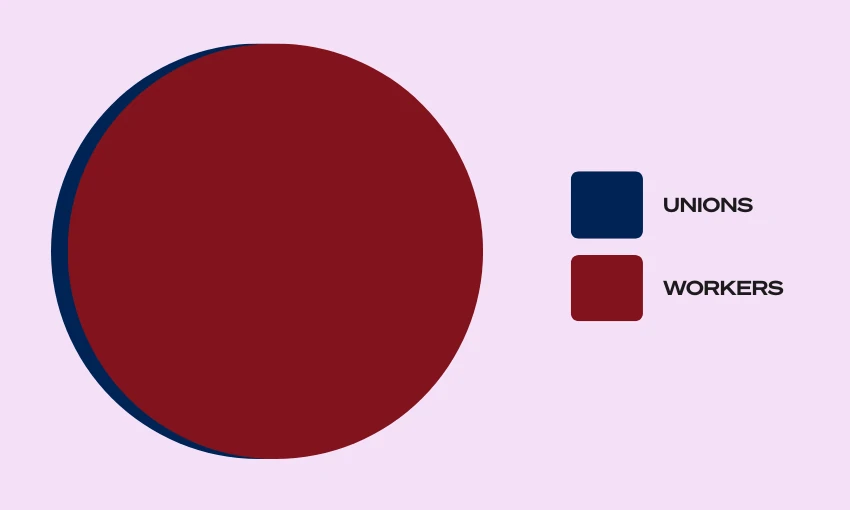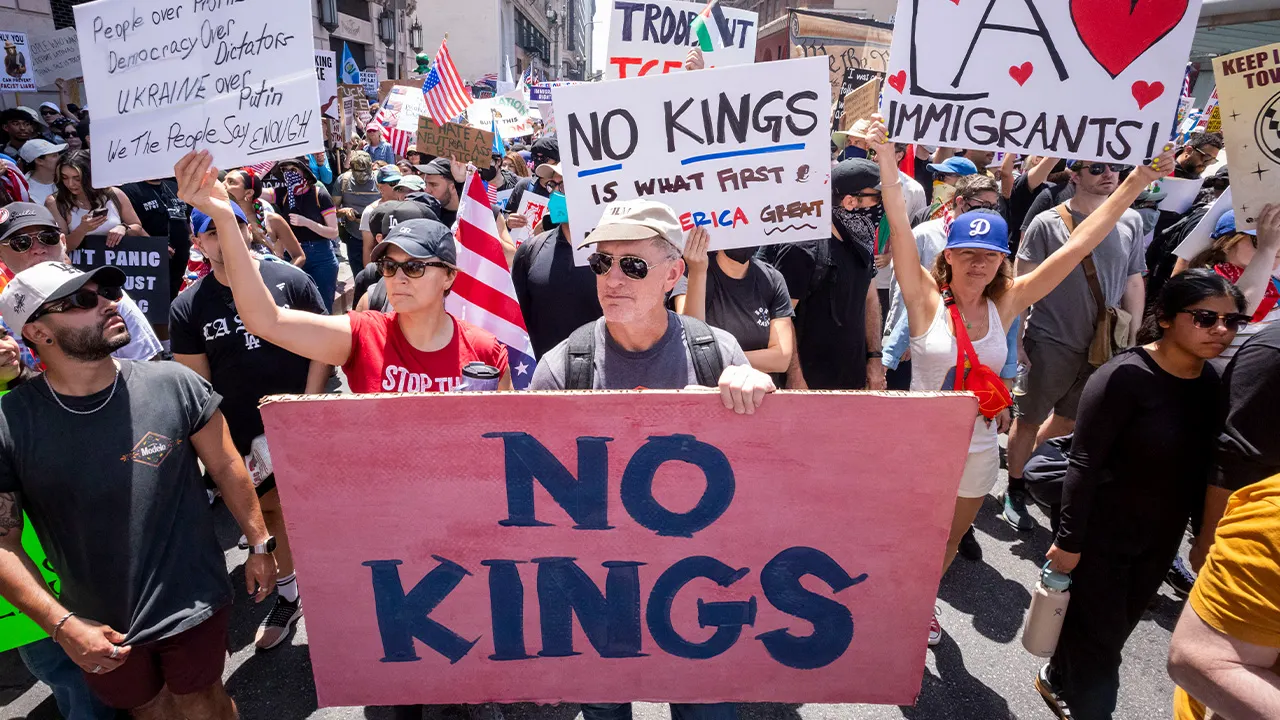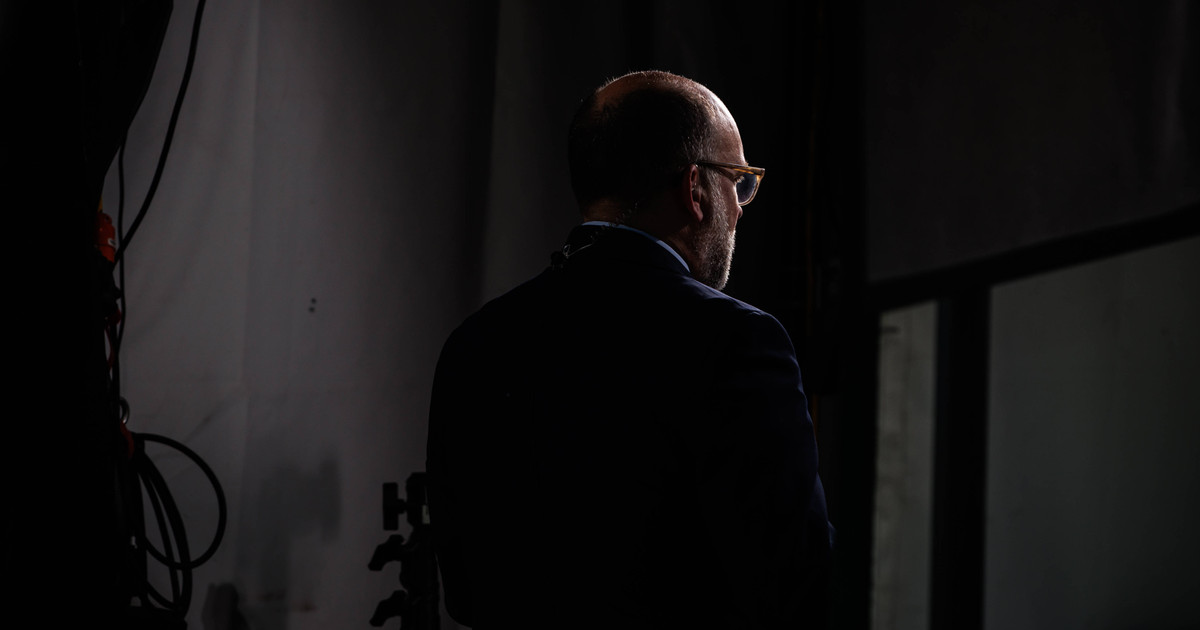Copyright thespinoff

The government’s disdain for unions and love for teachers, doctors and nurses is slightly confusing given unions are made up of teachers, doctors and nurses. Chris Luxon couldn’t have been more clear on who was at fault for Thursday’s mega strike during his weekly interview with TVNZ’s Breakfast. It wasn’t the 100,000 nurses, doctors, teachers and other public sector workers walking off the job over pay offers below the rate of inflation and a lack of meaningful improvement in their conditions. “We’ve got outstanding doctors, teachers and nurses. That’s not the issue here,” he said. “The issue is with the unions.” The prime minister was riffing on a message that’s been repeated by various government ministers for weeks. “The strike appears to be politically motivated by the unions,” said public services minister Judith Collins, in an open letter criticising them for not bringing up pay and conditions in a meeting where they were explicitly told not to bring up pay and conditions. “The ASMS union is putting politics ahead of patients,” said health minister Simeon Brown, before announcing that he was mulling a presumably apolitical law change to stop it happening again. These ministers have made it clear they don’t have a problem with workers. “I’m just down here at Middlemore Hospital at the emergency department,” said Brown, in an Instagram video on September 24. “Just an opportunity to say thank you to all the staff who are working here today. Working so hard serving patients. They do an amazing job in very challenging circumstances.” Education minister Erica Stanford has repeatedly expressed heartfelt praise for teachers. “One of the most influential factors in a child’s education is the quality of the teacher in front of them,” she wrote on Facebook on October 24. “We are so lucky here in Aotearoa New Zealand to have passionate and experienced classroom professionals.” The government’s love for teachers, doctors and nurses and disdain for the unions is slightly head-scratching given the unions are almost entirely made of teachers, doctors, and nurses. That may seem like a contentious statement, but there was some evidence of it on Thursday, when more than 20,000 people marched down Auckland’s Queen St chanting “workers’ rights are under attack. Stand up, fight back.” Many had gone to the trouble of making signs to reiterate their point, several of which included pleas to not make them move to Australia. Perhaps these were the hardcore unionists, manipulating people into going on strike over the government’s fair and reasonable bargaining efforts. But when asked what they do for a living, many of them seemed to think they were just normal workers. “We feel unsafe when we go to work. We’re scared to go to work some days because we’re not sure what we’re walking into,” said Kat, an emergency department nurse at North Shore hospital. She’d just come off a night shift, had another one in a few hours, and wanted to march to advocate for safe staffing levels. Kat was still wearing scrubs, so her story checked out. Kieran Gainsford seemed a more likely culprit. He admitted to being at the strike in his role as the junior vice president of the PPTA. But when quizzed further, he claimed to have a day job as a chemistry teacher. He was finding it hard to reconcile his dual roles as hated unionist and beloved educator. “It’s nonsensical,” he said. “Because especially in teaching and nursing, union membership is pushing 90% nationwide. So almost all the teachers are the union. The union is the teachers, and vice versa.” Ally Kingi was in a similar boat. She spoke on stage before the march in her role as an NZEI Te Riu Roa support worker. But she was also a teacher aide. “I’m in the union because I want things to be better for my workforce,” she said, before clarifying further: “The unions are the members.” Everywhere you looked, it was hard to separate out the unions poorly representing their workforce from the teachers, doctors and nurses just trying to do a good job for New Zealand. In fact these workers had voted – in the words of the unions – “overwhelmingly” in favour of the strike action. Many of them seemed to think the government was somehow being cynical in trying to drive a wedge between teachers, doctors and nurses, who have strong public support, and the groups representing them in their pay negotiations. “They are fighting quite dirty this time. Trying to denigrate like seven different unions as being manipulated by politically motivated leadership,” said one marcher. “The reality is the conditions are shit and their offers have been shit.” That marcher didn’t have time to speak for long. He had to keep walking Queen St in his part-time role as a placard-toting unionist backing what the government views as a bad-faith strike action. But within a matter of hours he would be planning lessons for the next day’s teaching. The lines between the roles are blurry. It’s almost as if they’re the same thing.



